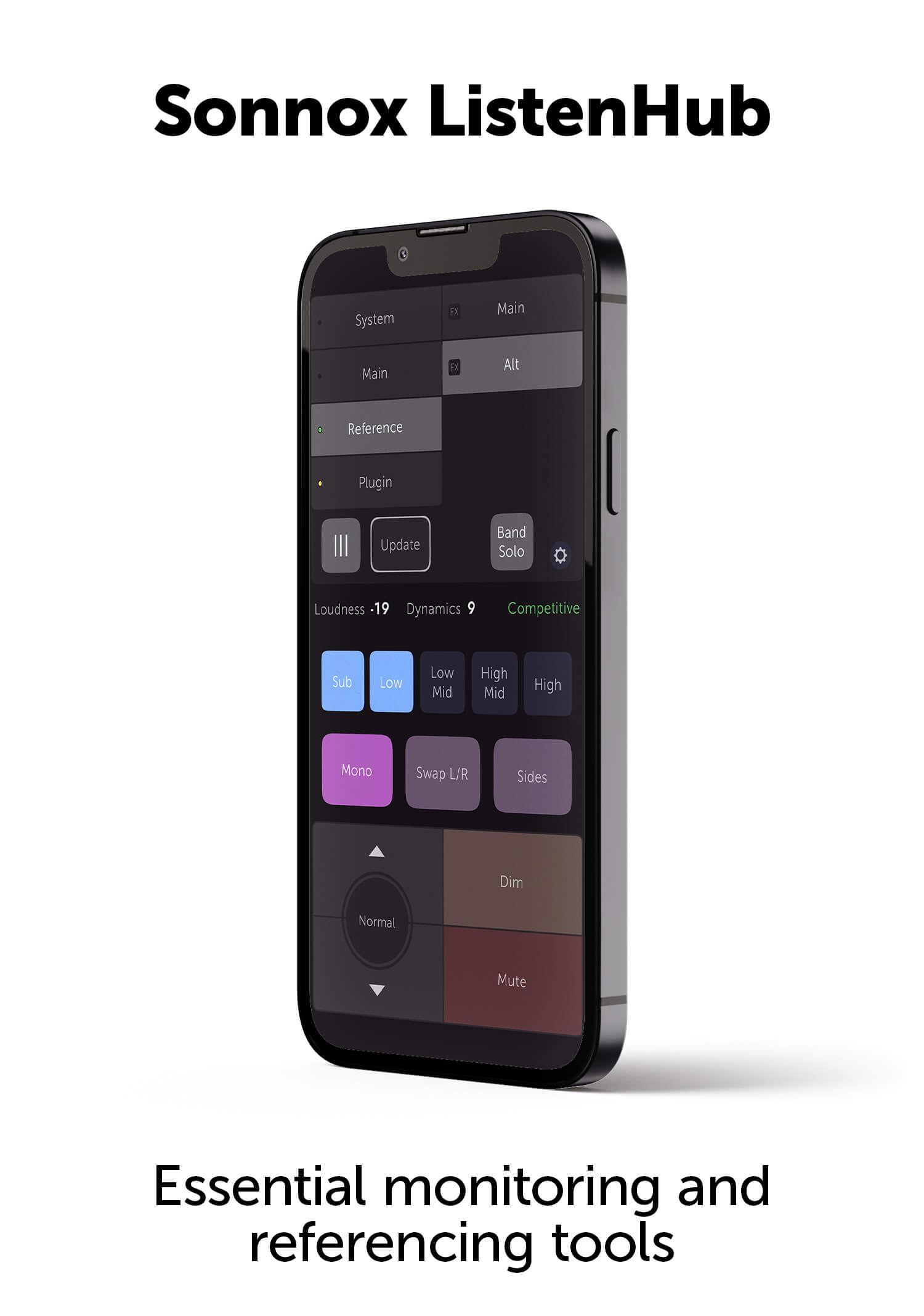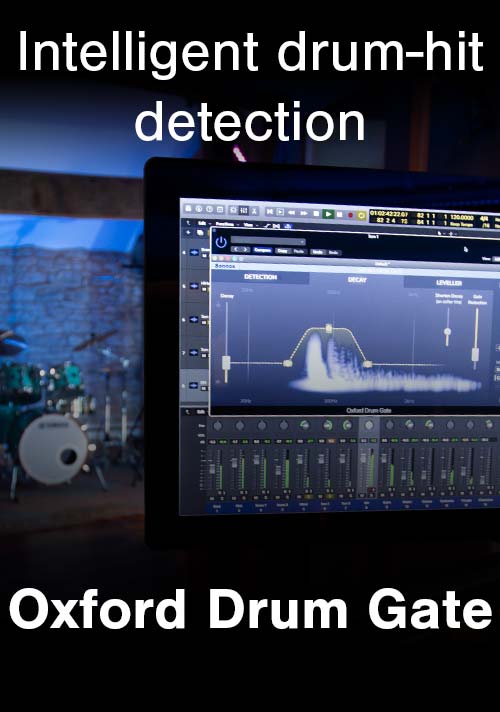Classic Master
Classic Master (Brazil) - Mastering for iTunes with Pro-Codec

São Paulo, Brazil's bustling metropolis is where Chief Mastering Engineer Carlos Freitas has built his mastering studio Classic Master. In "a city where every day feels like a Monday, and every night a Friday", it is no shock that there is a thriving music scene and Brazilian artists as well as artists from all over the world look to Carlos for his style of mastering.
Throughout his thirty year career, Carlos has received several Latin Grammy Nominations in the “Best Engineered Album” category. He has worked with Grammy Award winning International artists as well as legendary Brazilian artists such as; Caetano Veloso, Gilberto Gil, João Gilberto, Djavan, Ana Carolina, Carlinhos Brown, Paula Morelenbaum, Roberto Carlos, Marisa Monte and many more. Classic Master specializes in Audio Mastering, Remastering, Restoration as well as DVD/Blu-Ray Authoring, Mastering for iTunes and Mastering for Vinyl. Carlos recently took a moment to explain his time-tested methods and explain to Sonnox how he uses Sonnox Plug-ins to achieve classic results.
You’ve been a recording, mix and live sound engineer. What ultimately led you to mastering?
After a long period of recording and mixing albums in the studio, I moved towards recording live shows in the early nineties. I would transfer everything to digital using Digidesign’s Sound Tools and send them to the client as digital files. During this process at the beginning of 1992, I started to play with digital processing: EQs, compressors etc. I realized that this was a completely new area to explore.
I decided to set up my own Mastering Studio, Classic Master in 1993. From that time it has already been 22 years! Since then, I’ve been working, improving and developing day-to-day my mastering techniques.
How does the São Paulo music scene affect you? Or does your work come nationally from across Brazil?
São Paulo is the economic center of Brazil but also a huge and strong cultural city. We master well-known projects and albums made here in São Paulo, but we also receive hundreds of projects from lots of different cities in Brazil.
The mastering market its absolutely global, thanks now to our electronic mastering procedure, which gives clients the freedom to choose mastering engineers from any place around the world based on their style and discography. Classic Master is well prepared and we accept and release master projects from Latin America, Europe and Korea. We strive to expand to all corners of the world. Some of my new clients are interested in the particular sound found in Brazilian albums mastered here at Classic Master.
Tell us about your studio setup/workflow and your approach to mastering.
I use a hybrid system combining analog and digital hardware and software. I use the Maselec MTC-1 Mastering Console as my core system, to easily manage Maselec and Manley gear, B&W Speakers, Lavry Gold Converters, Antelope Master Clock, TC M6000 and TM9 and some plug-ins at final stage on SoundBlade Worsktation.
I have a set of tube and FET compressors and EQs inserted in my mastering chain. As for limiting, I prefer to use it only in the digital domain. The Sonnox Limiter (True Peak Limiter Plugin) is my top choice for this.
Before I begin a mastering session, Natalia my mastering assistant, organizes and sets up the whole album for me to listen to straight first. I listen in the correct sequence with final mixes in a Pro Tools session. At this stage, she has cleaned all kind of noises and I do some EQ and corrections digitally.
Then I test various combinations of analogue gear and create a good strategy for mastering. All processing is done in the analogue domain and only the Limiter is digital.
Which Sonnox plug-ins do you rely on most and why?
I use the Sonnox Oxford EQ, Limiter, Restore, Pro-Codec and Codec Toolbox.
The Sonnox Oxford EQ I use at the first stage of mastering in Pro Tools when doing some EQ corrections. I prefer to use it for it’s great quality and transparency, precise bands, filters and especially the high pass it’s really efficient.
The Sonnox Limiter I use in the last step of my mastering process because I can achieve great punch and surprising volume that my clients love without any signal distortion.
I use the Sonnox Restore suite sometimes to remove noises like hums, and even for a deeper restoration of the oldest vinyls, with the advantage that it is really simple and I can use it in real-time.
The Sonnox Fraunhofer Pro-Codec helps me to make references and final audio formats such as MFiT (Mastered for iTunes), MP3 and AAC. It contain’s the Apple Codec (iTunes+) which gives me the chance to hear exactly what is being affected in the audio before moving forward and creating the final audio parts. This process allows me to double check the encoder/decoder process not only aurally, but also graphically.
Do Sonnox Plug-ins have any features that you just can't find anywhere else?
The sound transparency I found in the Sonnox Limiter is something I can’t find in other digital limiters. Some clients get impressed to see how sometimes I add 6dB to the final volume without any damage to the final audio.
You were the first to bring Mastering for iTunes to Brazil.
How do you use the Fraunhofer Pro-Codec in your mastering process when preparing files for Mastered for iTunes?
Sonnox’s Fraunhofer Pro-Codec, is fundamental for my specific iTunes (MFiT) mastering process. As soon as I end the master for CD media player (PMCD), I insert the Pro-Codec in a new session in SoundBlade. I then start the signal processing and analyze the difference between what’s coming in, and what is output. This gives me the possibility for myself and my clients to hear exactly how the final digital master is going to sound on iTunes.
Overall Sonnox provides me with essential tools that are critical in my mastering process and save me a lot of time!
Interview and editorial by Jackie Smiley




